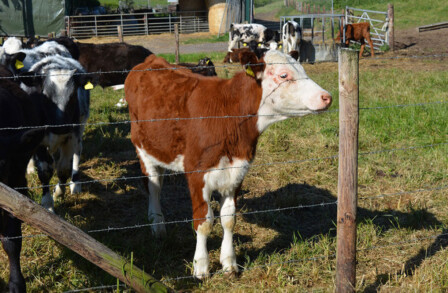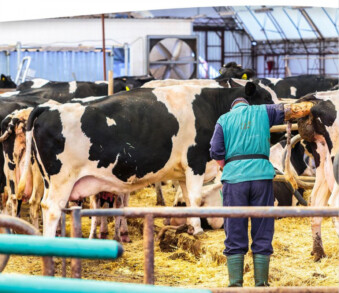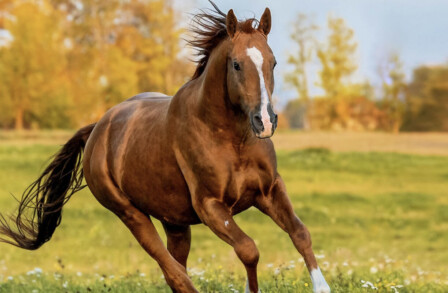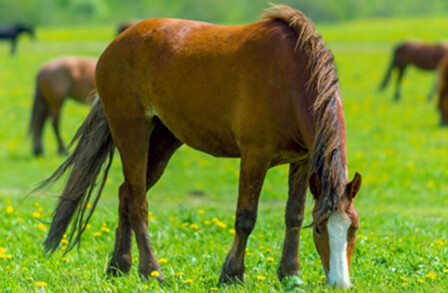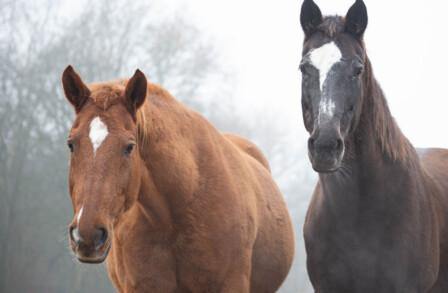Increase your knowledge with this eclectic collection of science-focused snippets, articles, video summaries and papers aimed at keeping you in the picture!
Scientific Snapshots
Rebound gastric hyperacidity (RGH) secondary to hypergastrinemia has been suggested to contribute to the rapid recurrence of equine squamous gastric disease (ESGD) in horses after discontinuation of omeprazole. The objective of this study was to evaluate changes in serum gastrin and chromogranin A (CgA) concentrations in response to medium-term (57-day) omeprazole treatment and after omeprazole discontinuation.
Horses received 2.28 g of oral omeprazole PO q24h for 57 days within a 61-day...
Sponsored by


Blackleg is a common cause of death in cattle, mostly caused by the bacterium Clostridium chauvoei. Cardiac lesions were traditionally considered uncommon in cases of blackleg in cattle until a 2018 study reported otherwise.
In this study, researchers aimed to determine the prevalence of cardiac disease among cattle that died of blackleg in Tennessee. The outcome of this study could reinforce the importance of assessing cardiac lesions in suspected cases of blackleg in cattle.
The University...
Sponsored by


Little is known about thyroid diseases in ruminants, probably due to the lack of diagnosis techniques developed in this species. However, thyroid ultrasound (TU) is widely used in human and in companion animal's medicine. It is a cheap and non-invasive examination, which allows for the identification of thyroid structures or diffuse diseases.
The aim of this study was to evaluate the accuracy of TU in five calves and five cows through inter- and intra-observer repeatability.
The size of the...
Sponsored by


Administration of supplemental oxygen may be necessary for horses experiencing significant hypoxemia (PaO2 <80 mm Hg) associated with respiratory disease. Providing effective oxygen supplementation to the standing adult horse can be challenging, with described methods for delivery including oxygen mask, intratracheal catheterization, and nasal cannula.
This study evaluated the effects of various flow rates and fractions of oxygen on arterial blood gas parameters and on the fraction of...
Sponsored by


In the present review, the authors, based on the multiple functions performed by the liver, analyze the multiple biochemical and hematological changes as an expression of altered liver function in the horse.
The liver performs important metabolic functions related to the synthesis, degradation, and excretion of various substances. Modification of these functions can be evaluated and diagnosed by determining serum concentrations of several serum analytes, including enzymes and other endogenous...
Sponsored by


Pheochromocytomas have been previously reported in horses, but successful antemortem diagnosis and surgical removal without recurrence of clinical signs has not been described. The aim of this study was to report the clinical presentation, diagnostic evaluation, surgical technique, anesthetic management, and post-operative care of a mare diagnosed with pheochromocytoma.
This clinical case report describes an 18-year-old Quarter Horse mare presented for recurrent episodes of colic, profuse...
Sponsored by


Horses can suffer from a variety of conditions that can lead to chronic pain, such as arthritis and laminitis. While commonly used nonsteroidal anti-inflammatory drugs (NSAIDS) such as phenylbutazone and flunixin meglumine are effective at controlling pain, they are nonselective COX inhibitors. Firocoxib is one of many selective COX-2 inhibitors introduced in the veterinary market, and the only one labelled for oral use in horses in Canada. While an equine-labelled product has only recently...
Emerging antimicrobial resistance among both human and animal populations has been a concern for some time. While the use of antimicrobials is regulated in certain animal populations in the US, their use in horses is not. Antimicrobial use is of interest because it creates selection pressure for antimicrobial resistance. Because of the large equine population, frequent travel of those equines and close contact between equine athletes, staff and spectators at racetracks, there is a possibility...
While gabapentin in often used in humans and small animals, there has been limited information about the safety and efficacy of dosing gabapentin in horses. So far, most of our information about the use of gabapentin is drawn from extrapolations based on its use in other species including dogs, cats and humans. The analgesic dose of gabapentin is still not known in horses.
A recent study (Gold et al., 2022) compared the effects of treating equines with 40 mg/kg or 120 mg/kg of gabapentin...


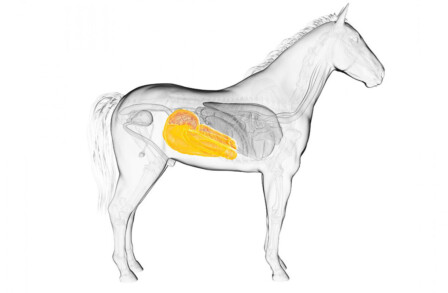
 1:30 min
1:30 min
